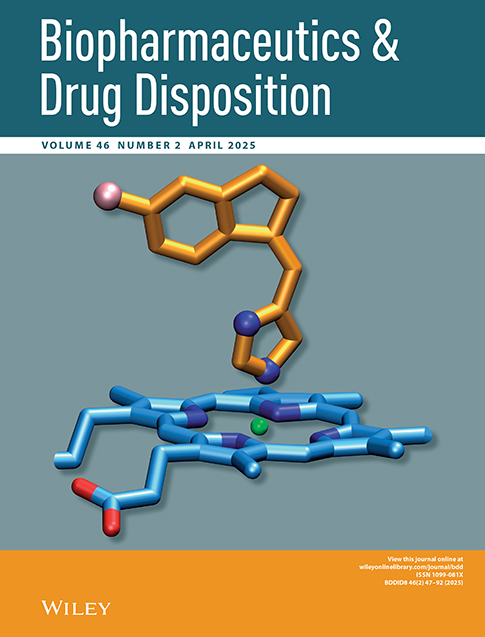Development and validation of a gas chromatography-mass spectrometry method for the determination of phenazopyridine in rat plasma: application to the pharmacokinetic study
Abstract
Phenazopyridine hydrochloride is a strong analgesic used in the treatment of urinary tract infections. The aim of the present study was to develop a procedure based on gas chromatography-mass spectrometry (GC-MS) for the analysis of phenazopyridine in rat plasma. The method was set up and adapted for the analysis of small biological samples taken from rats. Biological samples were extracted by liquid–liquid extraction. The extraction agent was ethyl acetate. The samples were separated by GC on a DB-5MS analytical column and determined by a quadrupole mass spectrometer detector operated under selected ion monitoring mode. Excellent linearity was found between 0.01 and 1.00 µg/ml (r = 0.9991, n = 9) for plasma samples. The limit of detection (LOD) was 0.3 ng/ml. Within-day and between-day precisions expressed as the relative standard deviation (RSD) for the method were 1.83–4.91% and 2.12–4.76%, respectively. The recoveries for all samples were >90%. The main pharmacokinetic parameters obtained were Tmax = (0.35±0.01) h, Cmax = (0.396±0.079) µg/ml, AUC = (0.373±0.065) h µg/ml and CL = (94.2±5.9) ml/g/h. The results presented here clearly indicate that this proposed method could be applicable to investigate the pharmacokinetic of phenazopyridine in rats after administration. Copyright © 2007 John Wiley & Sons, Ltd.




